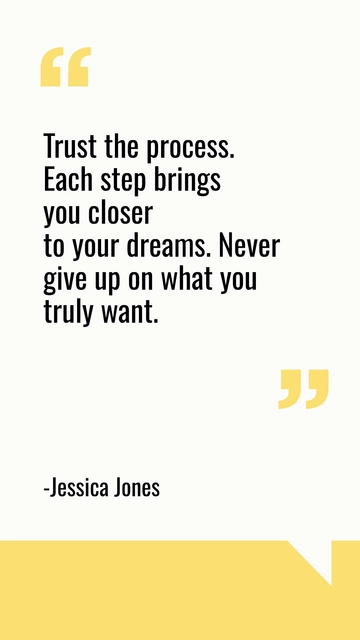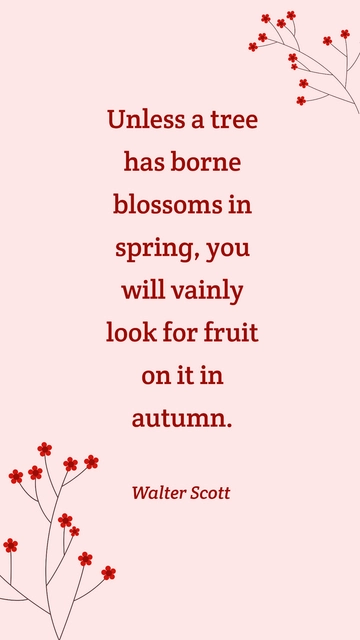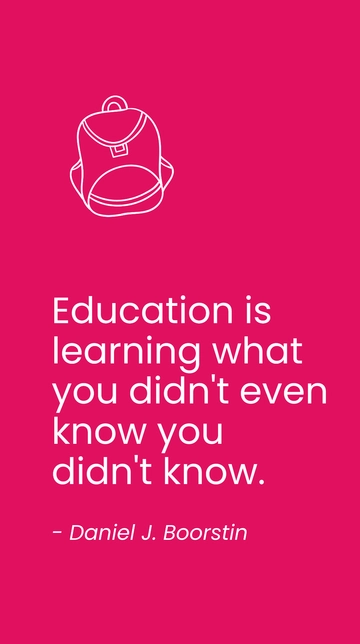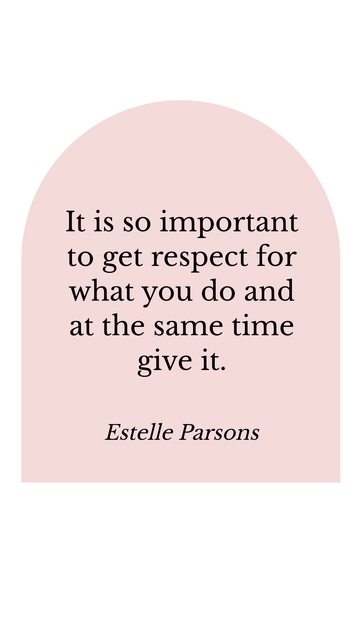Free Sales Year-End Proposal %26 Quote Analysis Report
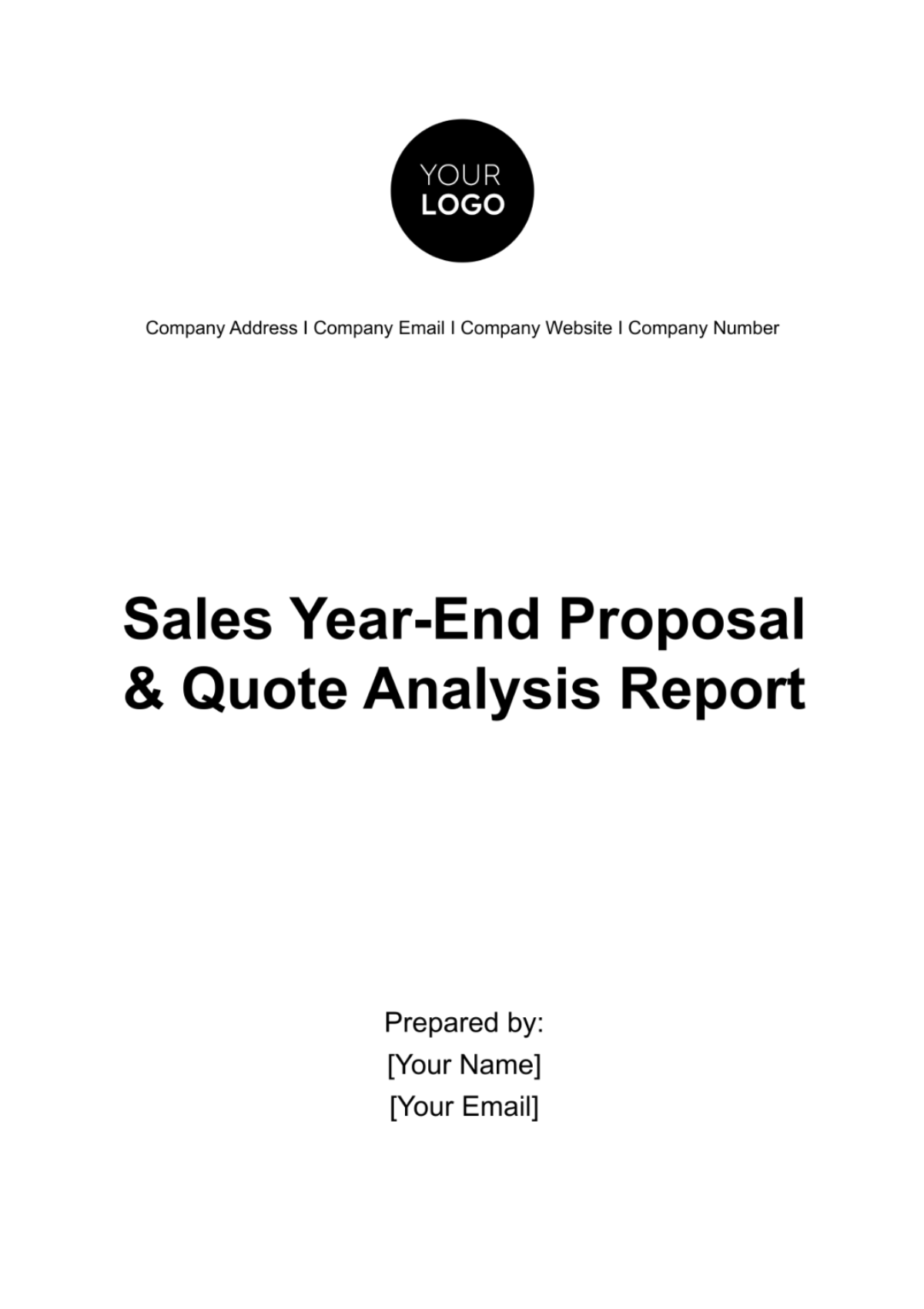
Introduction
The Sales Year-End Proposal & Quote Analysis Report serves as an indispensable tool for evaluating [Your Company Name]'s sales activities for the fiscal year concluding in [Year]. This comprehensive document delves deep into the multifaceted aspects of our sales proposal and quoting strategies, providing an incisive view of our performance. The objective is to furnish a meticulous assessment that gauges the efficacy of our existing approaches, evaluates our year-to-year improvements, and highlights areas where intervention is needed. This evaluation will cover an array of key metrics, patterns in client behavior, proposal and quote acceptance rates, and success ratios. The insights gleaned from this data are synthesized to offer actionable recommendations tailored to improve both our strategic and tactical decision-making processes. This, in turn, will aid the sales and executive teams in laying down a robust plan for the forthcoming fiscal cycle. By leveraging this report, [Your Company Name] aspires to continually refine its sales mechanisms, ensuring not only profitability but also greater customer satisfaction and engagement.
Executive Summary
The fiscal year [Year] has marked a pivotal juncture for [Your Company Name] in the realm of proposal and quote preparation and management. We have made considerable strides in fine-tuning our strategies, employing state-of-the-art tools, and nurturing team skills to deliver superior value to our clients. This comprehensive report serves as an analytical reflection of these efforts. Within the following sections, you will find a meticulous evaluation of our performance metrics, including proposal and quote acceptance rates, time-to-close ratios, and client engagement levels. This data is presented alongside year-over-year comparisons to provide a nuanced understanding of our growth trajectory or setbacks, if any.
Moreover, this document delves into our strengths, such as an increased rate of successful proposals, and points out areas requiring attention, such as supply chain inefficiencies affecting quote accuracy. A key component of this report is its focus on actionable insights. Specific, strategic recommendations are laid out to guide future initiatives aimed at fortifying our existing capabilities and rectifying shortfalls. By addressing these focal points, [Your Company Name] aims to achieve a harmonious blend of operational efficiency and client satisfaction, setting the stage for a more profitable and sustainable future.
Proposal Analysis
The Proposal Analysis section is designed to provide a comprehensive evaluation of the key performance indicators related to our proposal management process for the year [Year], as compared to the previous year. It examines critical metrics such as the number of proposals sent, the acceptance rates, and the success rates. The aim is to draw a clear picture of how our proposal strategies have performed, and to identify areas for optimization.
Metric | YTD [Year] | YTD [2049] | % Change |
Total Proposals Sent | 1200 | 1100 | +9% |
Proposals Accepted | |||
Proposal Success Rate |
Upon analyzing the table, several observations stand out. Firstly, there is a noticeable increase in both the number of proposals sent and those accepted in [Year] compared to [Year]. This increase indicates a successful outreach and engagement strategy, as we managed to send out and successfully close more proposals than in the prior year. However, it's worth noting that while the absolute number of proposals accepted increased, the proposal success rate has seen only a marginal uptick of [0.1%]. This suggests that while our efforts have led to a higher volume of engagements, the efficiency or quality of these proposals has remained almost consistent.
The stable success rate can be viewed in different lights: positively, it shows a sustained level of effectiveness in our proposal strategy; alternatively, it could also point to a potential plateau in our proposal quality or innovation. This stability might warrant an internal review to explore if there are areas within the proposal process where we can introduce improvements or optimizations to elevate the success rate in the future.
Quote Analysis
The Quote Analysis section serves to shed light on the key performance metrics related to the quoting activities conducted by [Your Company Name] in the fiscal year ending [Year], in comparison to [Year]. By scrutinizing parameters like the total number of quotes issued, acceptance rates, and overall success rates, this section aims to provide a multi-dimensional view of the quoting process's performance and areas where fine-tuning is necessary.
Metric | YTD Year | YTD 2049 | % Change |
Total Quotes Issued | 1450 | +11% | |
Quotes Accepted | 1250 | ||
Quote Success Rate | 86.2% |
The table reveals a set of intriguing patterns. Firstly, there has been an 11% uptick in the total quotes issued in [Year] compared to [Year], which corresponds with an [8.7%] rise in quotes accepted. This would seem to suggest that we've increased both our outreach and effectiveness in turning quotes into sales.
However, a closer look at the success rate reveals a drop of [2.3%]. While it's important to celebrate the fact that more quotes were issued and accepted, this decline in the quote success rate signals a need for further investigation. The dip in the success rate could be attributed to a variety of factors such as increased competition, changing market conditions, or potentially a decrease in the accuracy or competitiveness of our quotes.
Given this decline, there is an opportunity to re-evaluate our quoting process and identify specific areas that can be optimized. It may be beneficial to examine individual aspects like pricing strategy, the speed of quote delivery, and the clarity of terms and conditions to understand what might be contributing to this lowered success rate and to implement corrective measures for the coming fiscal year.
Key Metrics
Understanding Key Performance Indicators (KPIs) is essential for the continual improvement of any sales strategy. In this section, we evaluate how [Your Company Name] performed regarding its targeted KPIs for the fiscal year ending in [Year]. These metrics—Conversion Rate, Customer Retention, and Revenue Growth—not only offer a snapshot of the company's performance but also highlight areas requiring attention. By comparing the actual outcomes against our predefined targets, we can glean significant insights and develop actionable plans for the upcoming fiscal year.
The chart uncovers several areas where our performance was slightly off the mark compared to our ambitious targets.
Conversion Rate: We almost hit our target of [80%], landing at [79.2%]. Although the gap is marginal (-0.8%), achieving a higher conversion rate remains crucial for maximizing revenue and profitability. A deeper dive into the sales funnel stages could yield actionable insights into where potential customers might be dropping off.
Customer Retention: At [88%], our customer retention rate is [2%] below the target. This indicates that we may need to enhance customer satisfaction and loyalty programs to keep more clients onboard. Given that it’s generally more cost-effective to retain existing customers than to acquire new ones, this is an area that warrants immediate attention.
Revenue Growth: We aimed for a 10% growth in revenue but attained [9%], leaving a [1%] gap. Although we experienced growth, falling short of our target suggests that there may be untapped revenue streams or inefficiencies in the current sales process that need to be addressed.
The gaps between target and actual KPIs are not vast, but they do signify room for optimization. These insights will serve as a foundation for revisiting our strategies and making necessary adjustments for improved performance in the next fiscal year.
Recommendations
Given the analysis conducted on proposals, quotes, and key performance indicators, it is evident that while [Your Company Name] has achieved significant successes, there are specific areas that require further refinement. As we move forward into the next fiscal year, we present the following strategic recommendations. These are aimed at addressing the gaps identified, optimizing our processes, and ultimately improving our performance metrics.
Improve Proposal Content: One of the areas with potential for improvement is the content of our sales proposals. By tailoring each proposal to meet the unique needs and pain points of individual clients, we can likely increase our proposal success rate. This approach involves a deeper understanding of the client's business challenges and offering solutions that are not just generic but highly relevant to their context.
Pricing Strategy: The quote analysis showed that while the number of quotes issued and accepted has increased, the overall success rate experienced a slight dip. This suggests a need to reevaluate our current pricing strategies. Market research, competitor analysis, and customer feedback could be invaluable in adjusting our pricing to be more in line with what is both competitive and acceptable to our prospective clients.
Client Follow-up: Conversion rates can often be significantly improved by the implementation of an effective follow-up strategy. Currently, there might be opportunities lost due to a lack of or ineffective follow-up after a proposal or quote has been sent. By implementing a more aggressive and systematic follow-up process—possibly automated but personalized—we stand a better chance of nudging prospective clients toward a positive decision.
Each of these recommendations should be considered as part of a comprehensive strategy to improve sales performance. Implementing them will require cross-departmental collaboration and perhaps even a shift in organizational culture. But the payoff, in terms of meeting and exceeding our key performance targets for the upcoming year, should be well worth the investment of time and resources.
Conclusion
The Sales Year-End Proposal & Quote Analysis Report for the fiscal year ending [Year] has furnished [Your Company Name] with invaluable insights that should guide our sales strategies in the upcoming fiscal year. It serves as a comprehensive evaluation tool, one that breaks down complex data into digestible metrics and actionable recommendations. By meticulously analyzing our performance over the past year, this report not only highlights our successes but also pinpoints specific areas that require immediate attention.
As we forge ahead into the new fiscal year, this report should serve as both a compass and a benchmark—guiding our strategies while also providing a performance standard against which to measure our future success. By embracing the recommendations and continuously monitoring our performance metrics, [Your Company Name] is well-positioned to not only meet but also exceed our sales objectives in the upcoming fiscal year.
- 100% Customizable, free editor
- Access 1 Million+ Templates, photo’s & graphics
- Download or share as a template
- Click and replace photos, graphics, text, backgrounds
- Resize, crop, AI write & more
- Access advanced editor
Presenting the Sales Year-End Proposal & Quote Analysis Report Template from Template.net. This editable and customizable report template is designed to provide in-depth analysis of proposals and quotes at the year's end. Tailored for meticulous evaluation and improvement, it's fully editable in our AI Editor tool. Streamline your year-end reviews and strategic planning with Template.net's professional resources.
You may also like
- Inspirational Quotes
- Motivational Quotes
- Inspirational For Work Quotes
- Inspirational For Women Quotes
- Funny Inspirational Quotes
- Inspirational About Life Quotes
- Life Quotes
- Inspirational For Students Quotes
- Inspirational For Kids Quotes
- Inspirational For Men Quotes
- Positive Quotes
- Love Quotes
- Funny Quotes
- Famous Quotes
- Mothers Day Quote
- Short Quotes
- Good Morning Quotes
- Valentines Day Quotes
- Family Quotes
- Christmas Quotes
- Encouraging Quotes
- Friendship Quotes
- Kindness Quotes
- Graduation Quotes
- Leadership Quotes
- Motivational For Work Quotes
- Bible Quotes
- Maya Angelou Quotes
- Marcus Aurelius Quotes
- Sad Quotes
- Birthday Quotes
- Success Quotes
- Self Love Quotes
- Travel Quotes
- Grief Quotes
- Fathers Day Quotes
- Relationship Quotes
- Depression Quotes
- Anniversary Quotes
- Friday Quotes
- New Year Quotes
- Monday Quotes
- Teamwork Quotes
- Movie Quotes
- Black History Month Quotes
- Shakespeare Quotes
- Mark Twain Quotes
- Memorial Day Quotes
- Thanksgiving Quotes
- Education Quotes
- Martin Luther King Jr Quotes
- Easter Quotes
- Albert Einstein Quotes
- Mom Quotes
- Music Quotes
- Work Quotes
- Encouragement Quotes
- Teacher Quotes
- Christian Quotes
- Daughter Quotes
- Winston Churchill Quotes
- Peace Quotes
- Spring Quotes
- Nature Quotes
- Strength Quotes
- Fall Quotes
- Confucius Quotes
- Dog Quotes
- Thank You Quotes
- Hard Work Quotes
- Summer Quotes
- Hope Quotes
- James Baldwin Quotes
- Healing Quotes
- Oscar Wilde Quotes
- Appreciation Quotes
- 4Th Of July Quotes
- Adventure Quotes
- Anxiety Quotes
- Architecture Quotes
- Awareness Quotes
- Beach Quotes
- Beauty Quotes
- Blessed Quotes
- Breakup Quotes
- Canada Quotes
- Children Quotes
- Chinese Quotes
- Coffee Quotes
- Columbus Quotes
- Compliment Quotes
- Confidence Quotes
- Dussehra Quotes
- Faith Quotes
- Fashion Quotes
- Festival Quotes
- Fitness Quotes
- Forgiveness Quotes
- Friendship Day Quotes
- Good Friday Quotes
- Grandparents Quotes
- Gratitude Quotes
- Halloween Quotes
- Happiness Quotes
- Holi Quote
- Holiday Quotes
- Human Rights Quotes
- I Miss You Quotes
- Independence Day Quotes
- India Republic Day Quotes
- Inspiration Quotes
- Janmashtami Quote
- Labor Day Quote
- Language Quotes
- Letting Go Quotes
- Lifestyle Quotes
- Loyalty Quotes
- Massage Quotes
- May Day Quotes
- Milad Un Nabi Quotes
- Moving On Quotes
- Muharram Quotes
- Pongal Quotes
- Prayer Quotes
- Pride Month Quotes
- Raksha Bandhan Quote
- Ramadan Quotes
- Remembrance Quotes
- Respect Quotes
- Retirement Quotes
- Singles Quotes
- Sisters Day Quotes
- Small Business Quotes
- Sports Quotes
- Startup Quotes
- Trust Quotes
- Ugadi Quote
- Vacation Quotes
- Winter Quotes
- Women Quotes
- Yoga Quotes






